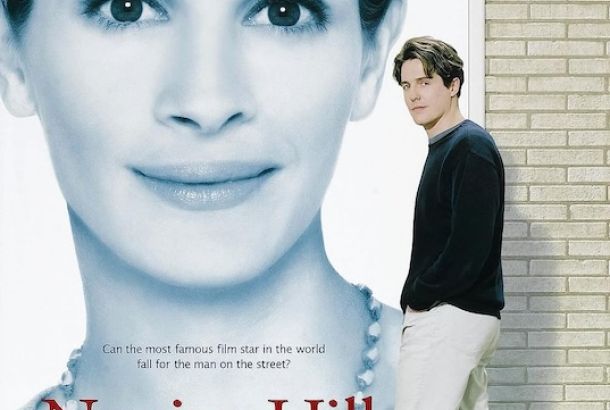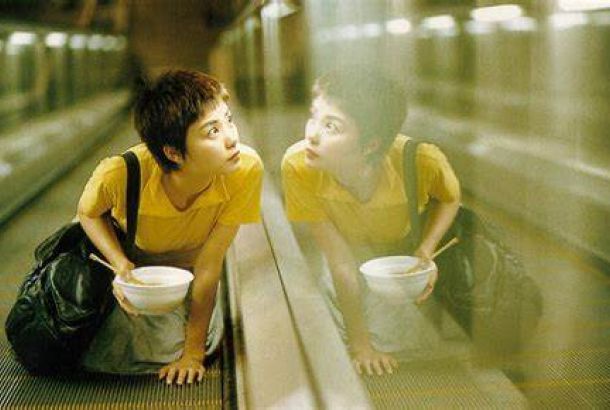Review: Hacksaw Ridge
By James Gill
Ten years after the release of the critically acclaimed Apocalypto, Mel Gibson reaffirms his position as a top director in explosive fashion with his latest picture, Hacksaw Ridge. Exploring the incredible true story of Desmond Doss, a self proclaimed ‘conscientious collaborator’, as he wrestles with both his religious beliefs and his comrades, who view those beliefs as cowardice.
The title of the feature originates from an important tactical location, nicknamed Hacksaw Ridge during the Battle of Okinawa. This is where the majority of combat scenes take place. Before any action begins, we are informed of multiple failed attempts to take the ridge, each time getting pushed back by the relentless Japanese army. Captain Glover (Sam Worthington) regards Hacksaw as the key to winning the war: “We take Hacksaw, we get Okinawa. We get Okinawa, we take Japan.”
Interestingly, the tone shifts dramatically and instantaneously when they arrive on Okinawa. There are certain parallels that can be drawn between this and Stanley Kubrick’s Full Metal Jacket. For instance, both have two very distinct halves. The first, a pre-war training segment where we see the protagonist battle with his will, and the second, with the characters thrown into the heart of battle. Gibson’s work however employs a melodramatic style throughout the films opening, presenting life as almost idyllic. An unfaltering love story hindered only by his veteran father, who drowns his sorrow in alcohol to the detriment of his family, played fantastically by Hugo Weaving.
On the topic of acting, there were a slew of surprisingly convincing performances. Andrew Garfield, in his second and his best religious lead of 2017, seems to have ditched the Spider-Man typecasting with this Oscar nominated display. By far the most unexpected revelation though was Vince Vaughn as the initially hostile but ultimately compassionate Sergeant Howell. Perhaps the most memorable scene involves Vaughn’s character assessing the new recruits at the barracks. Using the wit reminiscent of some of his previous comedic roles such as Wedding Crashers and Dodgeball, he attempts to break them down through well aimed character abuse.
Several times throughout the film, Gibson, like in his other films, fetishises violence. Being by far the worst offender of his catalogue, once the war begins, the slaughter is never far behind. The camera always lingers just a moment too long on the destruction, sadistically teasing the audience, even the eruption of flames from the flamethrower is alluring. This exaggerated romanticism contradicts the anti-war message the film otherwise overwhelmingly attempts to convey.
Hacksaw Ridge adopts traits common to vintage war films juxtaposed with modern special effects for the gory detail. It ends by showing interviews from Doss and those he saved, a poignant reminder that this is a true story, and the atrocities we see on screen affected real people who fought and lost their lives to protect ours.







